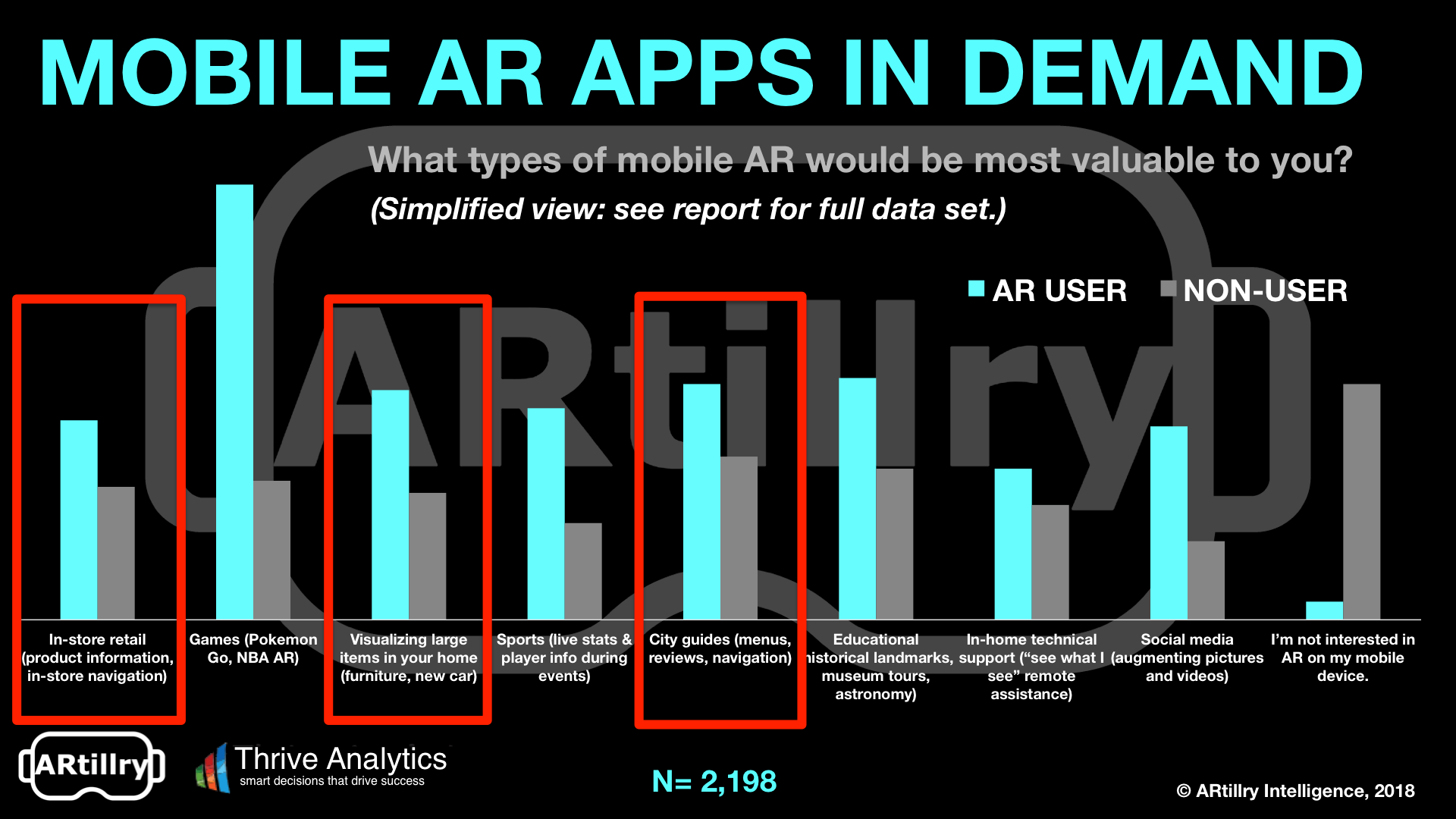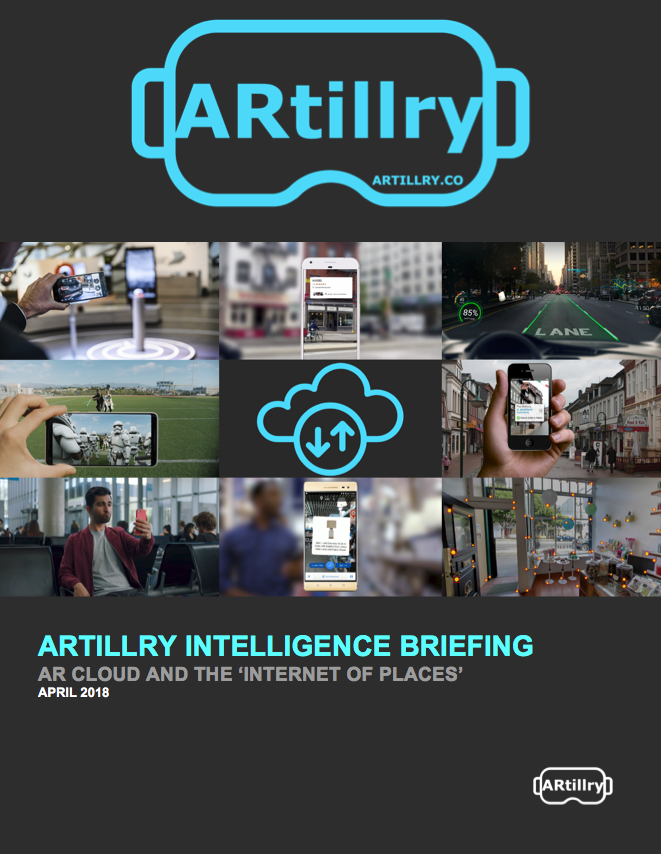AR Insights: Kris Kolo, Global Executive Director of the VR/AR Association
Our AR Insights interview this month is with Kris Kolo, Global Executive Director of the VR/AR Association, an international organization of more than 4000 companies and 20,0000 individuals. It is designed to "foster collaboration between companies and people in the VR and AR ecosystem that accelerates growth, fosters research and education, helps develop industry standards, and connects and promotes member organizations".
In this role, Kris has worked with organizations across the AR and VR sectors and has some unique perspectives to offer on the direction of these vital technologies - and how they are being applied in both the consumer and enterprise markets.
Prior to the VR/AR Association, Kris was in the business of working with AR and VR in commercial settings, as an entrepreneur, author and patent-holder. He was an executive at Verizon and Toys R Us, applying AR technology to common use cases. At Toys R Us, he worked on digital in-store initiatives and shopping solutions, incorporating AR from Metaio (acquired by Apple).
At Verizon, Kris was responsible for Media, Entertainment, and Location-Based apps & platforms; Kris was collaborating with Wikitude to integrate AR into Verizon's GPS Navigation.
He also launched the Verizon Developer Program. In addition, Kris was an Advisor, Board Member, to FlyBy Media, an AR tech startup, acquired by Apple. As an entrepreneur, Kris was the Co-Founder of Spime Inc, a Silicon Valley GPS startup acquired by Trimble. Kris holds graduate degrees from MIT. Here are his thoughts on Augmented Reality for the enterprise.
Q) As you look back on the last three years and the massive growth you have seen in the VR/AR Association, what’s been the most significant development you have observed in the evolution of augmented reality business for enterprises - in terms of use cases, adoption, new entrants/exits from the market or industries?
A) Big companies like UPS, DHL, Boeing, and Walmart to name a few, are using the technology and solutions for making work / employees more effective (less errors, better training), resulting in lower costs and better customer service. For example, in our VRARA Virtual & Augmented Reality for Business White Paper we note that ‘digitizing your training with VR also unlocks complete session recordings & training data. Completion rates, behavioral patterns, and even compliance metrics may be surfaced using analysis tools built for virtual reality.’(p7)
Q) When I look at your member list – and the range of countries from which they hail – it looks like VR and AR development is growing massively around the world. Are there locations – or applications – in any region that surprise you? Are there trends you’re seeing in terms of which kinds of development are taking place in which countries?
A) Vancouver keeps surprising us as one of our most active chapters and the government just invested $1B CAD - most of which will go to VR/AR. With that said, all of our global chapters have impacted growth in the industry which is why created a chapter for that location.
Q) There’s a lot of industry analysis which suggests that 2018 will be the year in which a lot of enterprise customers conduct pilots and trials of Augmented Reality – and that 2019 and 2020 will be the years in which we’ll start to see widespread adoption, as companies see clear evidence (both from their own pilots and those of their competitors) of the value they are seeing. Does that fit with what you are seeing?
A) Yes - again in our Business White Paper, we acknowledge that ‘much like the beginning of the internet, early adopters will be ahead of the game, and complacent companies may find themselves left behind. Companies that are on the fence about immersive technology should begin with a reasonable investment into discovery and proof of concepts.’(p9) VR/AR pilot adoption is happening and companies are getting valuable data and process information for what works and what does not for scale opportunities.
Q) Based on your extensive knowledge of the sector, what is the biggest barrier to adoption of AR technology by enterprise customers – and how has that changed in the last few years?
A) Cost of hardware and custom solutions are the usual suspects for barrier to entry. However, with every proven use case and new solution being rolled out, the costs are both manageable and coming down. Depending on the requirements of any product, VR/AR technology solutions more than meet the ‘right fit’ for investment in enterprise as well as other sectors.
Q) AR capabilities are being added to iOS and Android phones and tablets (through ARkit and ARcore, respectively). What impact do you think that the existence of some of the many smartphones and tablets with at least basic AR capabilities will have on the development of AR applications for enterprises? Do you see a future where perhaps apps will scale from basic versions on a smartphone to more full-blown offerings on AR headsets?
A) We are already seeing an impact. For example, Bosch has an AR repair system where the user holds the phone or tablet over a car engine and it walks you through the repair process. Another example, is the company Relay Cars that has a VR sales tool; ‘which allows car manufacturers to choose their own environment and showcase their vehicles in a unique way without having to pay for development of their own discreet application.’(p13) Moreover, if the business case makes sense, then yes, apps will scale depending on their target industry.
Q) Do you see a shaking out of standards for interaction - such as touch, gestures, voice and head motion - for AR devices? These features are being introduced on lots of devices right now, but it seems likely that - at some point in the not too distant future - there will be a user-driven need to coalesce around some standards for interaction. What do you think?
A) At the moment standards are being solidified on a high level for development. From a user perspective, standards around interaction are always in flux because the technology is rapidly developing. Still, all interaction should consider the user first, second and foremost in the development process. If your user is not happy, then you have a fail - plain and simple.
Source









































